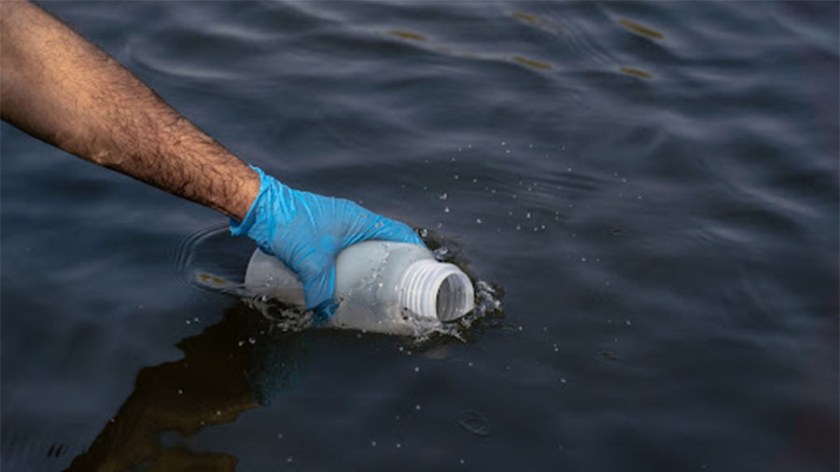The Cinereous Vulture (Aegypius monachus) – also known as Black Vulture, Monk Vulture or Eurasian Black Vulture – is the largest bird of prey in Europe.
Globally classified as Near Threatened, its populations in southern Europe, once abundant, have been experiencing a dramatic decline since the late 1800s. So dramatic, in fact, that by the mid-1900s, these birds had already been nowhere to be seen throughout most of their distributional range across the Old Continent. In Bulgaria, the species has been considered locally extinct since 1985.
Thanks to the re-introduction initiative that was started in 2015 by three Bulgarian non-governmental organisations: the leading and oldest environmental protection NGO in Bulgaria: Green Balkans, the Fund for Wild Flora and Fauna and the Birds of Prey Protection Society, the species is now back in the country.
The project, aptly named “Vultures Back to LIFE“, where the Vulture Conservation Foundation (Switzerland), EuroNatur (Germany) and Junta de Extremadura (Spain) are also partners, has been co-financed by the LIFE+ financial instrument of the European Commission.
By mid-2022, the team imported a total of 72 individuals from Spain and European zoos, before releasing them in strategically-chosen sites in the Eastern Balkan Mountains and the Vrachanski Balkan Nature Park in Northwestern Bulgaria.
The team brought 63 immatures from Spain, where the birds had been found in distress and rehabilitated in aviaries. The other nine juveniles were captive-bred in zoos, and then released by means of hacking, which involves an artificial nest, from where the fledglings can gradually ‘’take off” to a life in the wild.
The re-introduction campaign to date is presented in a research article, published in the open-access Biodiversity Data Journal. There, the scientists led by Ivelin Ivanov (Green Balkans), report on and discuss the effectiveness and challenges of the different release methods and offer tips on the conservation and re-introduction.
For example, hacking proved to be inefficient for establishing an entirely new core (or nucleus) population of Cinereous Vultures in the Balkan Mountains in Bulgaria. It did not work for supplementing a small settled group of individuals either.

Photo by Hristo Peshev, Fund for Wild Flora and Fauna.
Instead, the team recommend the aviary method and delayed release, where captive-bred birds are introduced to the new locality after a period of acclimatisation, where the birds can gain life experience to the local environment.
“The Cinereous Vulture re-introduction establishment phase in Bulgaria in the two first release sites is running according to the plan, and the first results are satisfactory,”
the scientists comment.
“Two distinct nuclei are now created, and the species started breeding, which might be a reason to up-list it in the Red Data Book of Bulgaria from ’Extinct’ to ‘Critically Endangered.’”
These two newly created breeding nuclei of the Cinereous Vulture in Bulgaria are the second and third of their kind in the Balkan Peninsula.
“Following a dramatic decline throughout the 20th century for decades, the species had remained in only one breeding colony in Dadia-Lefkimi-Soufli Forest National Park in north-eastern Greece. Now, exchange between the three colonies will facilitate the exchange of individuals, ensure long-term stability, and give rise to the regional population,”
the authors of the study say.
However, the team points out that further monitoring and modelling and adaptive management are indispensable for the long-term persistence of the new national population. Now that there is already evidence that the imported vultures have been successfully breeding in Bulgaria, there is one step left before it can be officially confirmed that the Cinereous Vulture species has successfully re-established in the country. This conclusion can only be made after the core breeding populations begin to produce about ten chicks every year and after the locally fledged individuals begin to reproduce on their own. Such results are expected by 2030.
The re-introduction of the Cinereous Vulture is the latest in a series of conservation projects focused on birds of prey in Bulgaria.
First, in a programme that started in 2009, the Griffon Vulture was successfully re-introduced in Bulgaria after about 50 years of “extinction”. In fact, the team took a lot of the know-how and methods used in that project to apply in the present project. The success story was published in a research paper in the Biodiversity Data Journal in 2021.
In fact, the very same day in 2021 saw two publications in the Biodiversity Data Journal that reported on re-introduction successes involving birds of prey in Bulgaria, which had gone missing for decades. The second instance was the discovery of the first nesting Saker Falcons in twenty years
Both scientific publications are part of a dynamic ‘living’ collection, titled “Restoration of species of conservation importance”, whose aim is to collate publicly available research studies reporting on the reintroduction and/or restocking of animal and plant species of conservation importance around the world. The collection was inspired by the “International Scientific Conference on Restoration of Conservation-Reliant Species and Habitats” held in Sofia, Bulgaria, in 2020.
“The restoration of species is one of the most important conservation tools in the context of constantly intensified human-driven global biodiversity loss. The reintroduction/restocking activities are related to significant research and data gathering before and during the work process, which ensures their sustainable success,”
explain the collection editors.
Research article:
Ivanov I, Stoynov E, Stoyanov G, Kmetova–Biro E, Andevski J, Peshev H, Marin S, Terraube J, Bonchev L, Stoev IP, Tavares J, Loercher F, Huyghe M, Nikolova Z, Vangelova N, Stanchev S, Mitrevichin E, Tilova E, Grozdanov A (2023) First results from the releases of Cinereous Vultures (Aegypius monachus) aiming at re-introducing the species in Bulgaria – the start of the establishment phase 2018–2022. Biodiversity Data Journal 11: e100521. https://doi.org/10.3897/BDJ.11.e100521




















